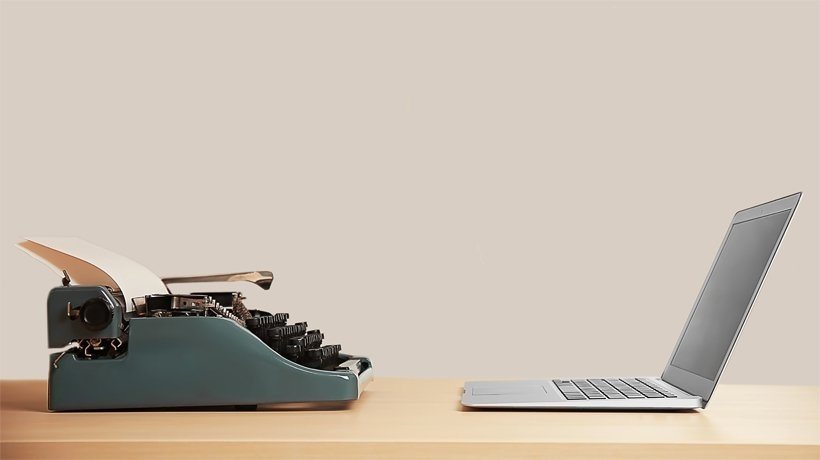Content Modernization Is About The Old And The New
Modernizing legacy content has the potential of increasing ROI by reusing the investment of old content in new ways and creating content creation standards that extend shelf life and reduce the cost of future updates. Most importantly, by updating and standardizing content you improve the learning experience, learner engagement, and learning outcomes. Here are the two parts of a successful content modernization strategy.
Part 1: Reusing Legacy Content - “The Old”
The first part of a modernization strategy assesses how learning portfolio investments can be properly managed for continued returns. The amount of money invested in the average companies Learning and Development portfolio is staggering. At InfoPro Learning, we like to break down managing legacy content into three sections: Reduce, Reuse, and Recycle.
- Reduce content that is no longer useful.
Within just a couple of years content inaccuracies, technological changes, changes in learner demographics, and changing business goals make learning programs outdated and ineffective. - Reuse content that is still useful.
The average company only reuses 50% of their training content each year, wasting valuable content investments. - Recycle content that is no longer effective but has useful parts.
When it comes to your learning content, don’t reinvent the wheel! If you already have content on a subject, instead of starting over, assess your old content for pieces you can repurpose. Past learning and Development programs created with the assistance of subject matter experts often still apply to current training needs.
An Example Of Modernizing eLearning
Let’s say you have a portfolio of elearning programs in flash for desktop use that you want to provide for mobile users. Considering mobile devices aren’t supporting flash, these are a great project for modernization, but they cannot simply be converted into a mobile supported technology because learner behaviors on mobile devices are quite different from desktop. Additionally, the design of the course does not work on a smaller screen size, and to top it off, the content was created three years ago and there are content inaccuracies. But even with all of these changes, the goal of the training program remains the same.
If you are in this situation, like many companies are, you have the choice of creating a brand new portfolio of mobile learning or reusing your current portfolio through a modernization strategy.
While it may seem simpler to start from scratch, you are going to spend twice as much time and energy developing new programs than modernizing your existing courses. We have found cost saving of 65% reusing and repurposing content versus creating brand new courses.
Part 2: Creating Modernization Ready Content - “The New”
Creating new content geared for future content modernization entails two parts; creating content to last longer by avoiding common sources of content depreciation, and establishing creation standards for new content to aid in future modernization.
1. Avoid Content Depreciation.
Content depreciates in a predictable way, but we can extend the shelf life by taking preventative steps. For example, content inaccuracies are one of the first things to depreciate. To avoid inaccuracies, choose timeless examples over current events and avoid using specific stats from the current year. Looking farther out, file formats become outdated over time, so using system agnostic formats helps extend usability.
2. Establish Creation Standards.
Creating content standards optimized for a modernization strategy increases modernization efficiency. Modularization and meta tagging are key. Content that can be easily searched and broken down to specific elements can also easily be updated, reducing the time and effort of future modernization projects, further increasing ROI.
This step also improves the learning experience for your learners. Content search-ability allows your learner to find the content that they need when they need, and content modularization allows microlearning and on-demand training.
Creating A Content Modernization Strategy
A successful content modernization strategy increases ROI through repurposing and creating longer-lasting easier-to-modernize content. This article covers the basic concepts of the Modernize strategy, but to gain a full understanding download our eBook Modernize: A Content Strategy Guide For Increasing Training ROI. The guide includes a more in-depth discussion of Reduce, Reuse, Recycle, as well as two case studies of the Modernize Strategy in action.
For help creating a modernization strategy, or executing a modernize project reach out to us at InfoPro Learning.
Related articles:
1. How The Modernize Solution Transformed A Telecom Giant's Legacy Training Portfolio
2. eLearning Modernization In Higher Education: Case Study
3. How To Modernize eLearning For Mobile Adoption
4. Free eBook - Modernize For Engagement: 5-Step Guide For Breathing Life Back Into Stale Content








